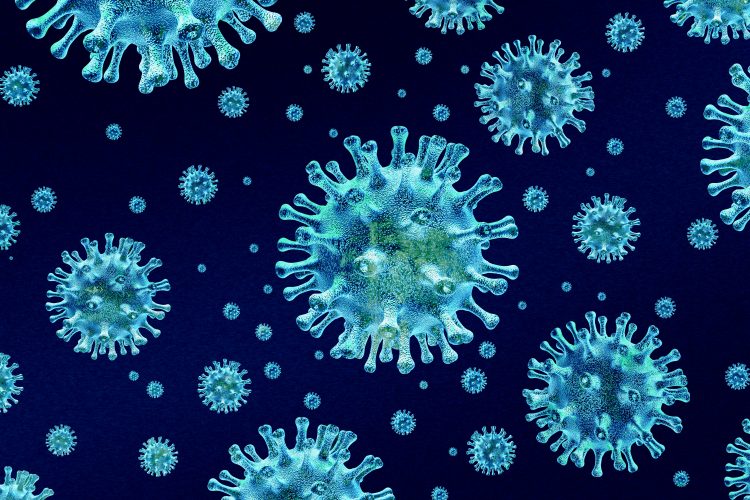New two-step vaccination strategy for influenza
Posted: 9 August 2024 | Drug Target Review | No comments yet
The novel strategy demonstrates a strong immune response, both body-wide and specifically in the upper respiratory tract, in porcine models.


Researchers at the Institute of Virology and Immunology, Switzerland, have developed a novel, two-step flu vaccination strategy that combines intramuscular injection of a viral vectored flu vaccine with nasal spray administration of a new attenuated live flu virus. This approach appears to be safe and effective in porcine models.
Live-attenuated vaccines are more effective than seasonal flu vaccines. The teams’ live-attenuated vaccine candidate induced a potent local immune response that protected pigs against flu virus, although it was shed from the upper respiratory tract for a prolonged time. Therefore, there is a chance that it could be transmitted to individuals with compromised immune systems, if used in humans.
Robin Avanthay and his colleagues developed a two-step immunisation strategy to balance the advantages and risks. The pigs were primed with a vesicular stomatitis virus (VSV) as a vaccine delivery mechanism, a promising vector approach. Then, the live-attenuated flu vaccine candidate, NS1(1-126)-ΔPAX, was nasally administered. Contrastingly to frequently used VSV-vectored vaccines, the vaccine used in this study was propagation-defective, engineered to perform only a single round of infection for safety.
A strong immune response was seen both body-wide and specifically in the upper respiratory tract where initial flu infection occurs. Also, no infection was identified in the two-step-vaccinated pigs, following exposure to virulent flu virus. Compared to pigs that only received NS1(1-126)-ΔPAX, the two-step-vaccinated pigs demonstrated much less shedding of the vaccine candidate from their upper respiratory tract. Notably, the intranasally administered live vaccine enhanced the systemic flu-specific antibody response and higher frequencies of flu-specific T helper memory cells were seen.
Although further testing is required before this approach can be used in humans, the scientists believe that this new two-step vaccination strategy could enable the duration of protective immunity, and protection against flu virus variants.
This study was published in PLOS Pathogens.
Related topics
Animal Models, Drug Delivery, Drug Development, Vaccine, Vaccine development, Virology
Related conditions
Influenza
Related organisations
Institute of Virology and Immunology
Related people
Robin Avanthay (Institute of Virology and Immunology)








